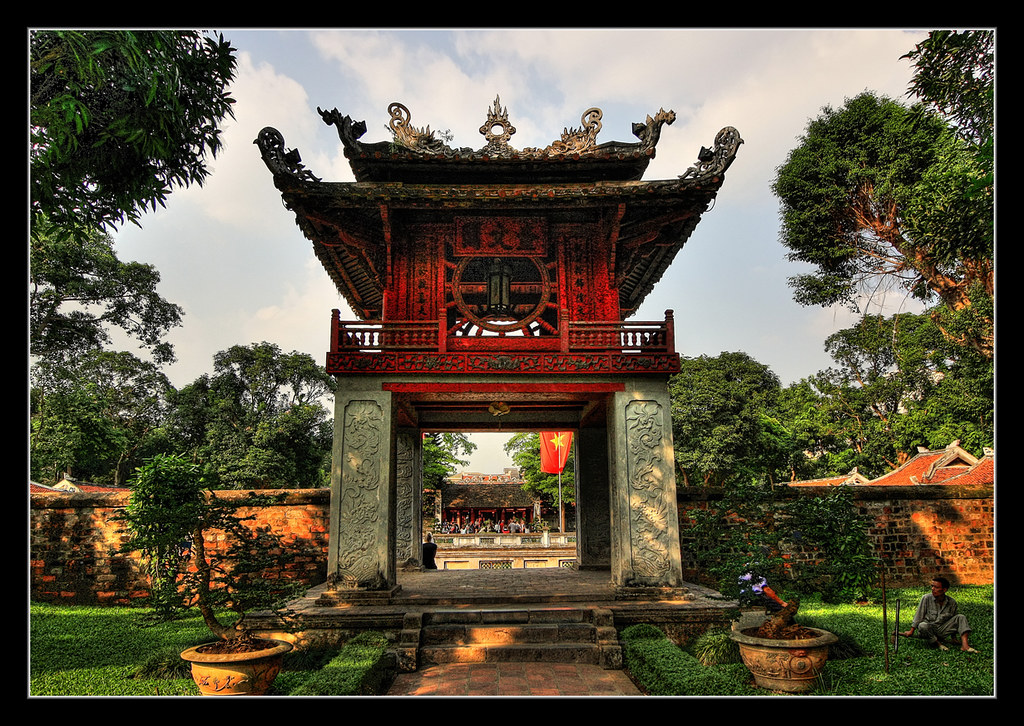Unraveling the Mystery of the Plain of Jars
Scattered across the rolling green hills and plateaus of Xieng Khouang province in northern Laos lies one of the most perplexing and enigmatic archaeological sites in all of Southeast Asia - the Plain of Jars. This megalithic phenomenon consists of thousands of ancient stone jars ranging from relatively small containers to colossal carved monoliths weighing up to 30 tons each. The origins and original purpose of these incredible feats of craftsmanship remain shrouded in mystery, beckoning curious explorers to discover their secrets firsthand.

As you journey through the rural countryside surrounding Phonsavan, the provincial capital, the jaw-dropping sight of huge stone jars strewn across fields and buried in the ground appears almost otherworldly. The jars are clustered across nearly 90 sites throughout the region, with the most prominent collection located at Site 1. Here, hundreds of extraordinary stone vessels with intricate carvings and decorations line the grassy fields, seemingly placed in concentric circles and rows of unknown significance.
Walking amongst these towering stone relics, which range from 6 feet to an astounding 10 feet tall and weigh several tons, is a humbling and awe-inspiring experience. The sheer scale and craftsmanship of carving and transporting such massive stone pieces over great distances is simply mind-boggling, especially considering their estimated age between 2500-3000 years old predates many ancient civilizations.
While the reasons behind the Plain of Jars' creation remain hotly debated by archaeologists and researchers, local legends offer several intriguing theories. Some believe they were used for outdoorancient burial rituals, while others claim they were designed for storing food or rainwater, or even brewing rice wine. Certain traditions even attribute the jars to a race of giants that once inhabited the region. As you explore this enigmatic site, your mind will no doubt run wild imagining the possible uses and origins of such a staggering monumental undertaking by ancient human hands.
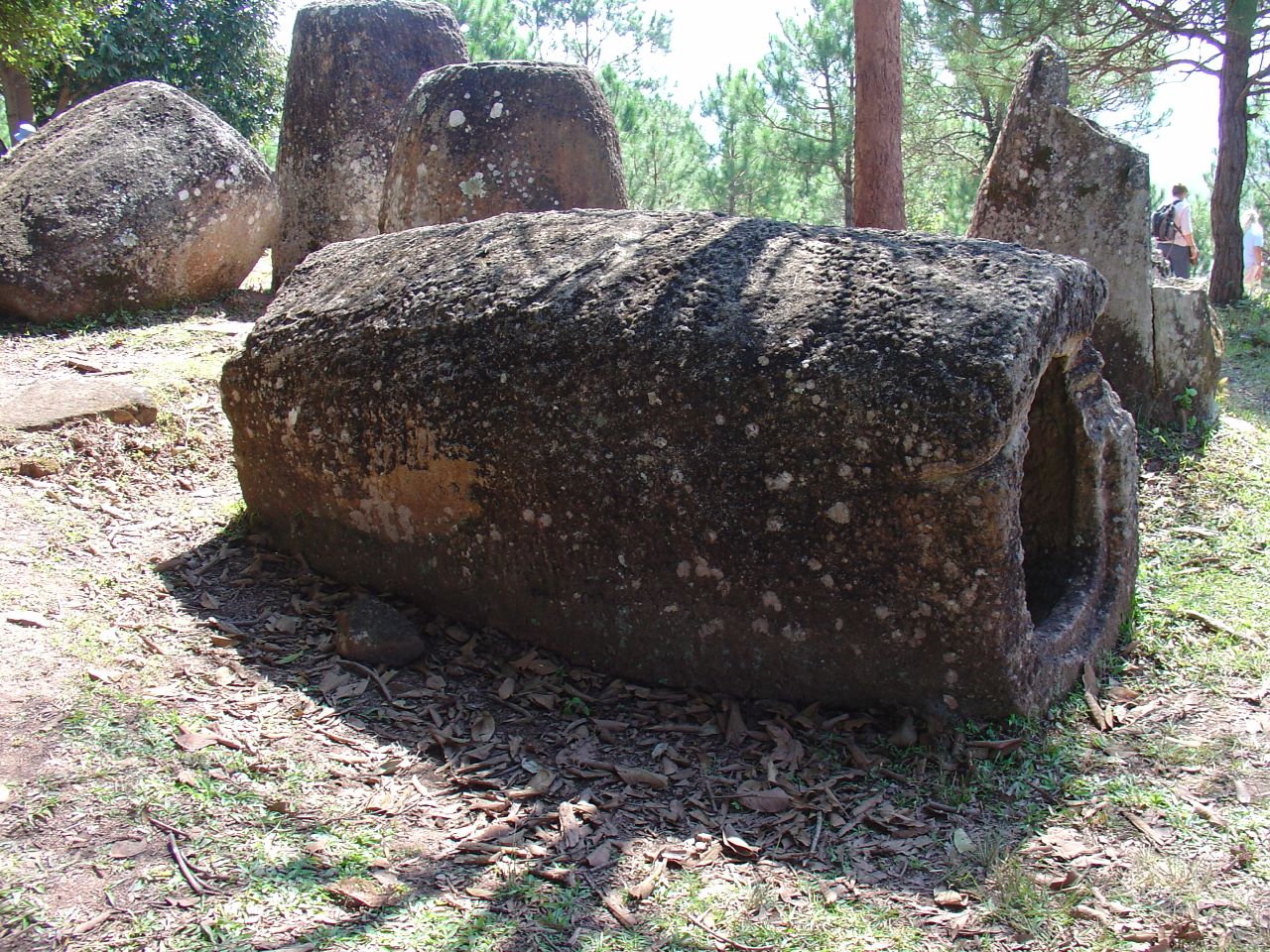
Beyond the archaeological intrigue, visiting the Plain of Jars also provides opportunities to glimpse traditional rural life in Laos. Friendly local villages where families still live in thatched bamboo huts are scattered throughout the region, giving visitors a taste of their culture and agrarian lifestyles tending to crops and livestock. Hiking trails connect many of the jar sites, winding through the idyllic countryside of rice paddies and forests.
As if this ancient site wasn't mysterious enough, the Plain of Jars took on further enigma and tragedy during the Vietnam War era. Many of the sites are riddled with bomb craters and littered with unexploded ordnance from intense bombing campaigns, lending an eerie juxtaposition of ancient and modern destruction. Still, this remarkable archaeological wonder continues to lure explorers and history buffs alike with its centuries-old secrets just waiting to be uncovered.

As you journey through the rural countryside surrounding Phonsavan, the provincial capital, the jaw-dropping sight of huge stone jars strewn across fields and buried in the ground appears almost otherworldly. The jars are clustered across nearly 90 sites throughout the region, with the most prominent collection located at Site 1. Here, hundreds of extraordinary stone vessels with intricate carvings and decorations line the grassy fields, seemingly placed in concentric circles and rows of unknown significance.
Walking amongst these towering stone relics, which range from 6 feet to an astounding 10 feet tall and weigh several tons, is a humbling and awe-inspiring experience. The sheer scale and craftsmanship of carving and transporting such massive stone pieces over great distances is simply mind-boggling, especially considering their estimated age between 2500-3000 years old predates many ancient civilizations.
While the reasons behind the Plain of Jars' creation remain hotly debated by archaeologists and researchers, local legends offer several intriguing theories. Some believe they were used for outdoorancient burial rituals, while others claim they were designed for storing food or rainwater, or even brewing rice wine. Certain traditions even attribute the jars to a race of giants that once inhabited the region. As you explore this enigmatic site, your mind will no doubt run wild imagining the possible uses and origins of such a staggering monumental undertaking by ancient human hands.

Beyond the archaeological intrigue, visiting the Plain of Jars also provides opportunities to glimpse traditional rural life in Laos. Friendly local villages where families still live in thatched bamboo huts are scattered throughout the region, giving visitors a taste of their culture and agrarian lifestyles tending to crops and livestock. Hiking trails connect many of the jar sites, winding through the idyllic countryside of rice paddies and forests.
As if this ancient site wasn't mysterious enough, the Plain of Jars took on further enigma and tragedy during the Vietnam War era. Many of the sites are riddled with bomb craters and littered with unexploded ordnance from intense bombing campaigns, lending an eerie juxtaposition of ancient and modern destruction. Still, this remarkable archaeological wonder continues to lure explorers and history buffs alike with its centuries-old secrets just waiting to be uncovered.
Other tour
From
70 USD
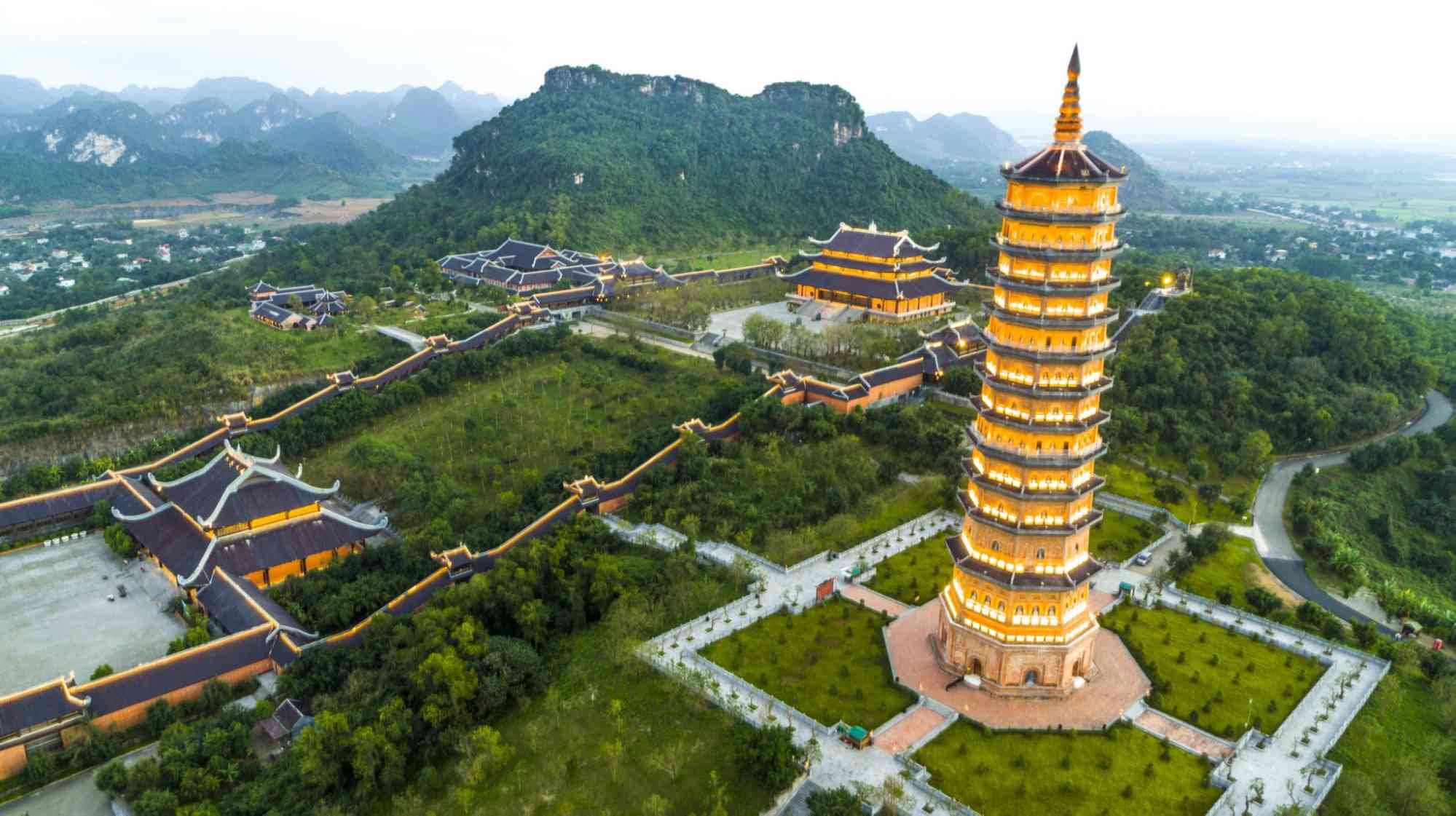 Details
Details
HOA LU – TRANG AN - MUA CAVE -1 DAY TRIP BY LIMOUSINE
AFT
Ha noi
0 Days
Day trip
From
25 USD
 Details
Details
Ho Chi Minh - Cu Chi Tunnel - Ho Chi Minh
CHA01
Ho Chi Minh City
1 Days
Day trip



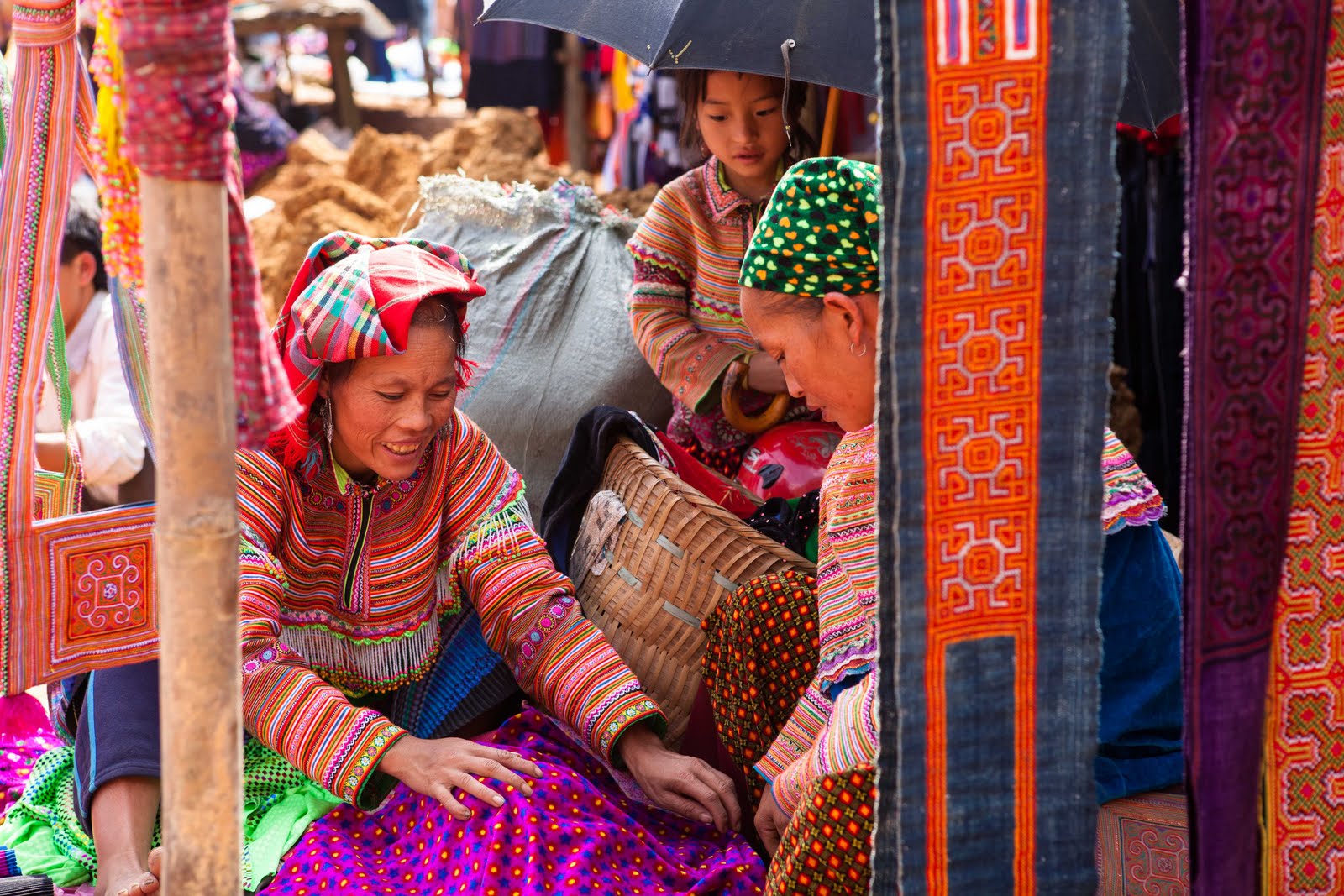



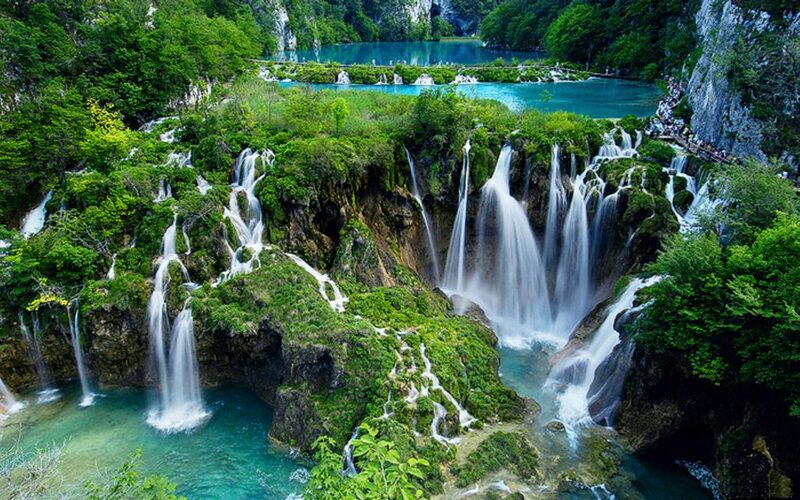



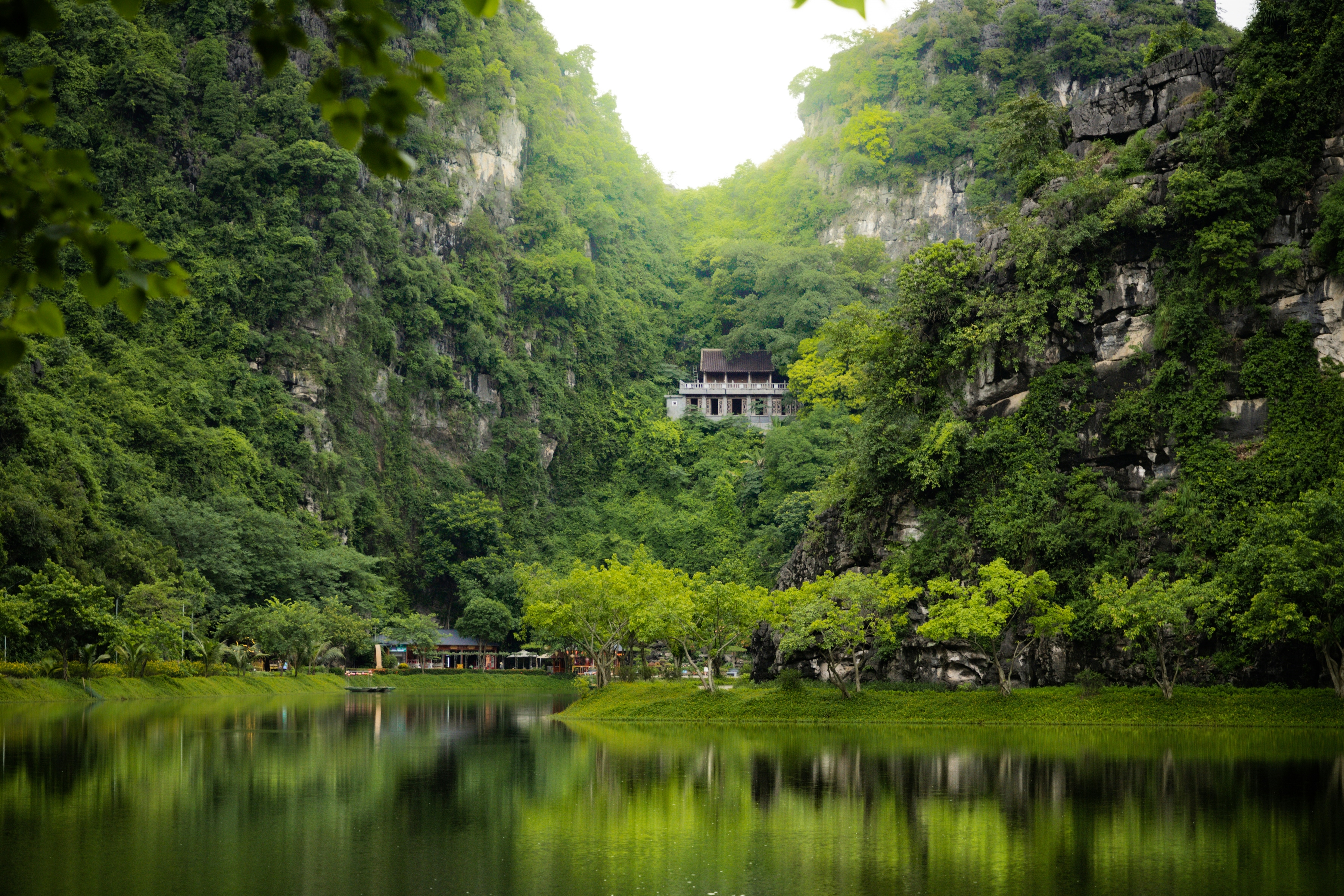
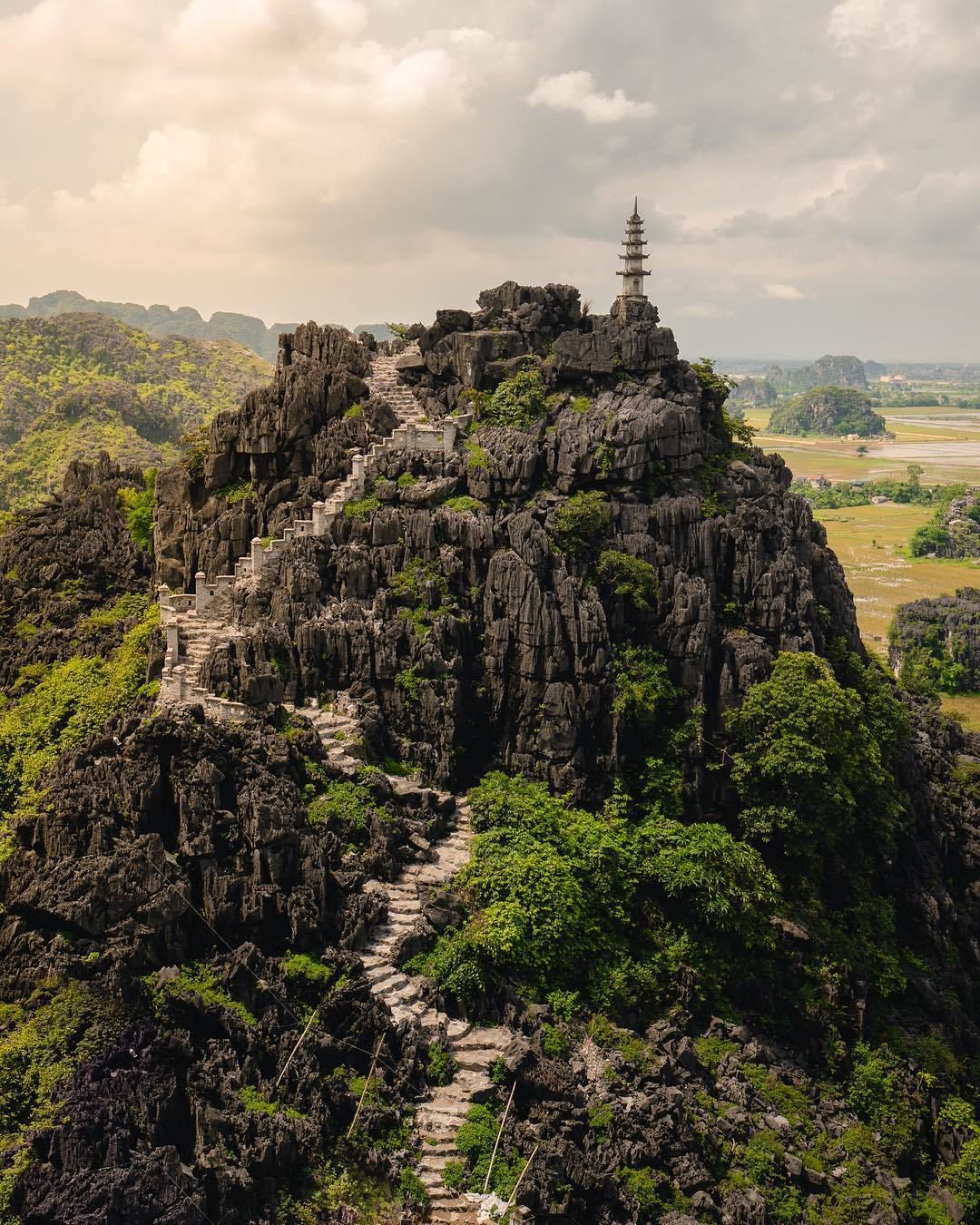



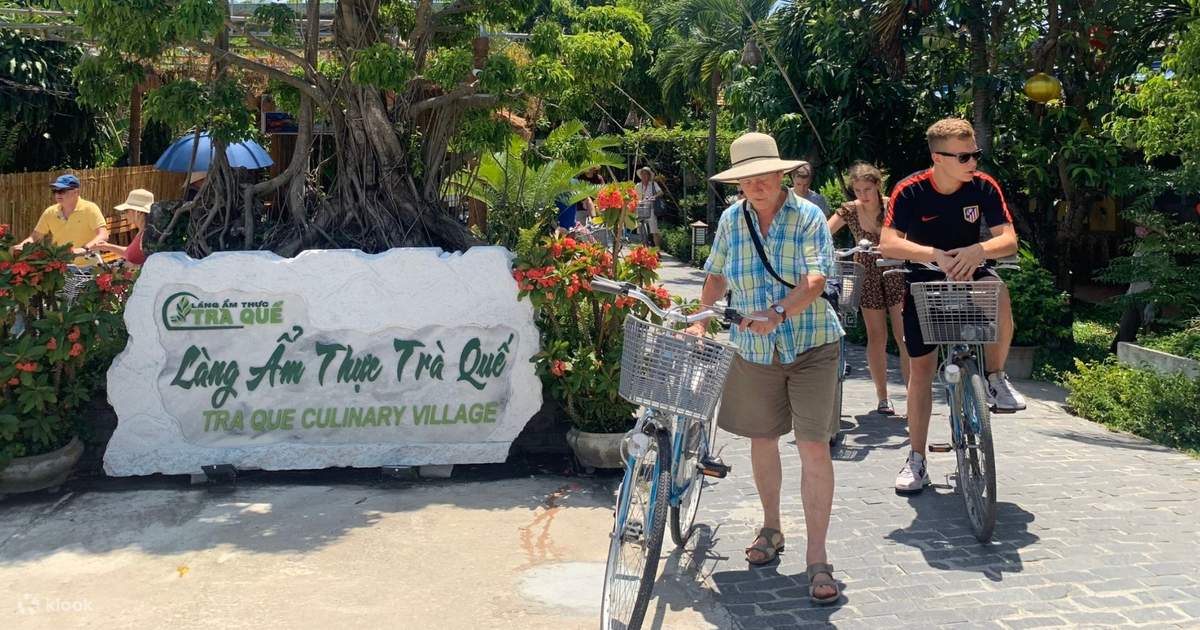
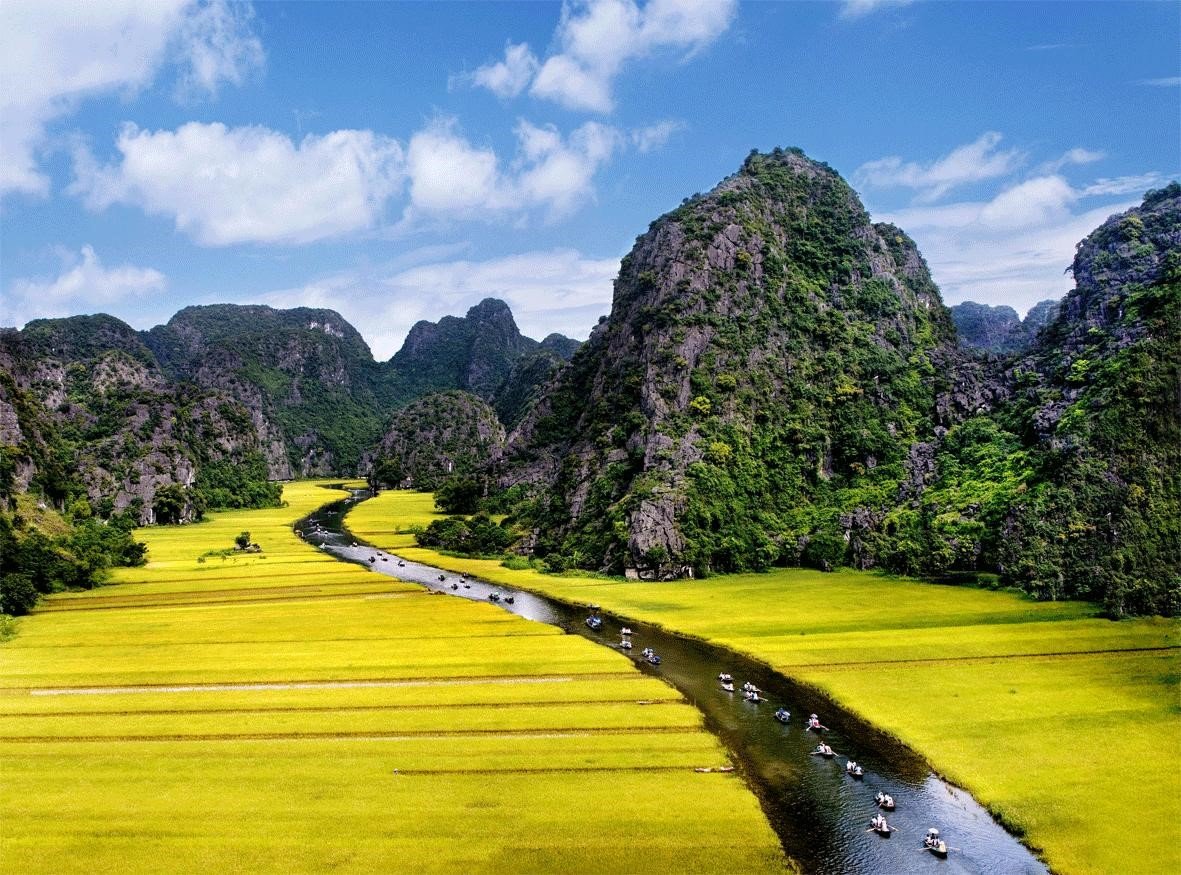




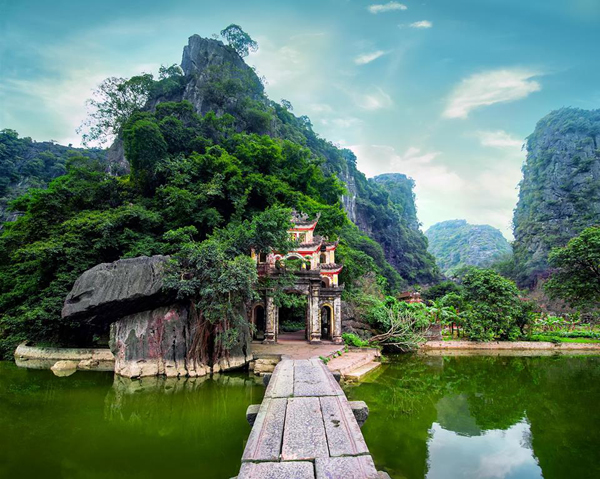

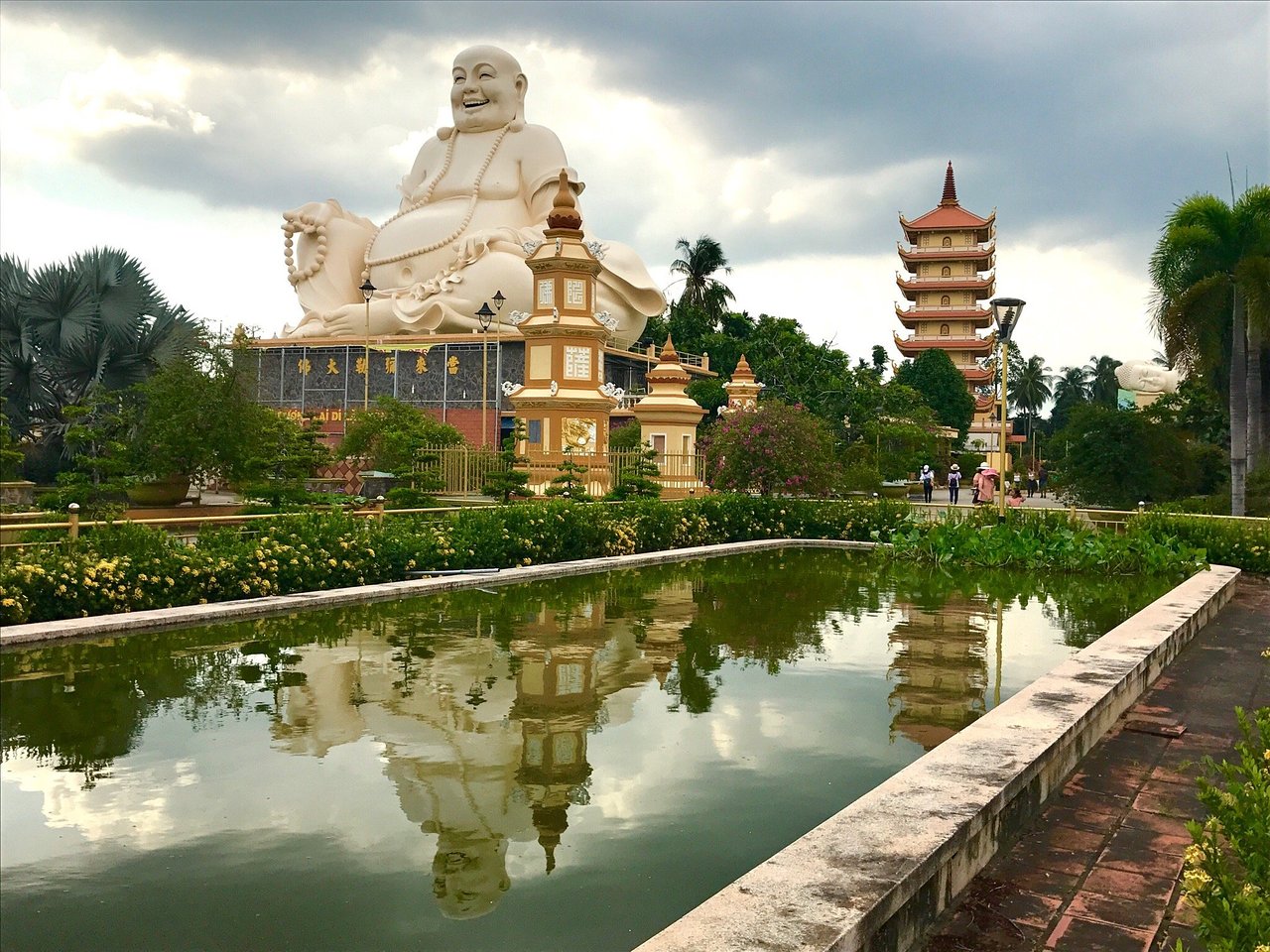

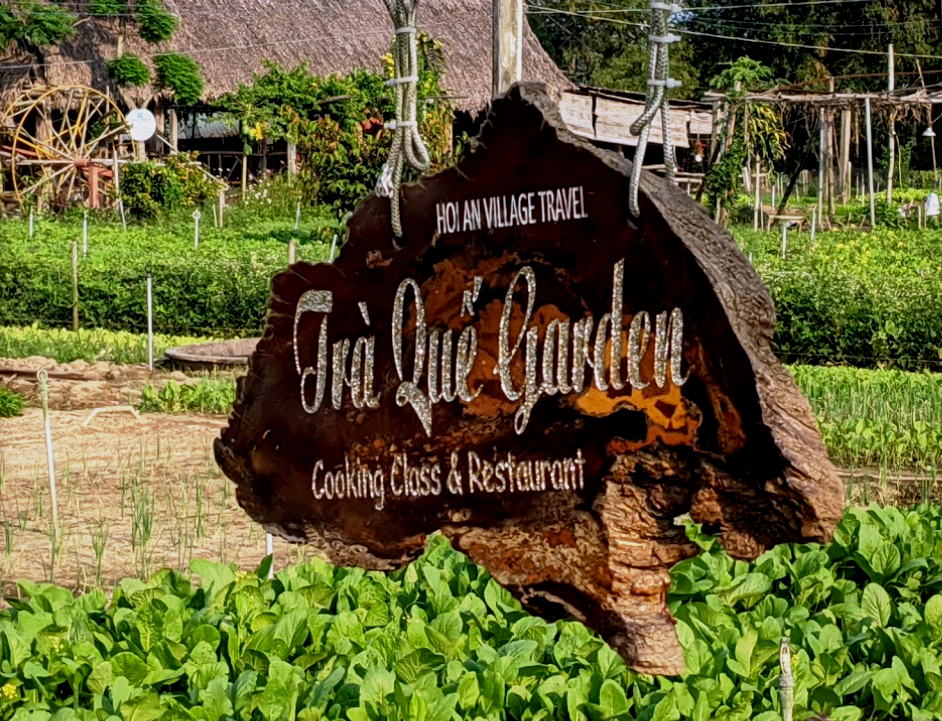


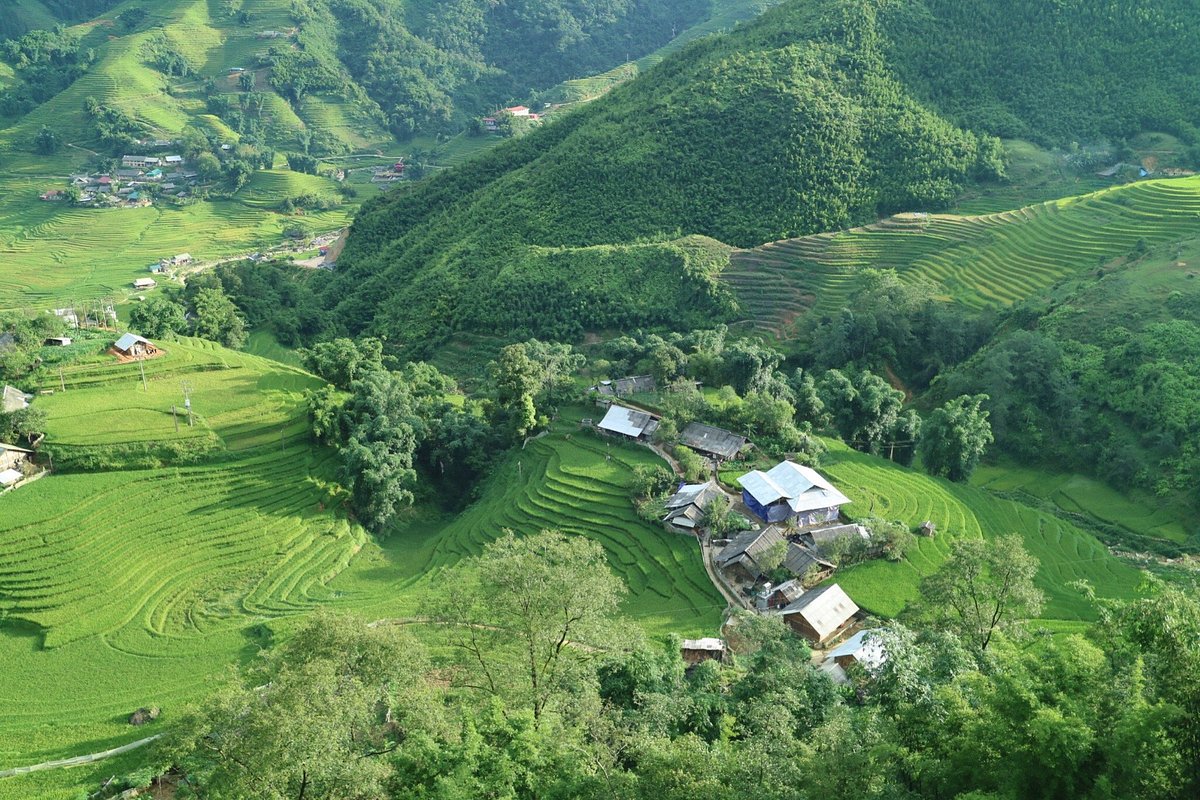
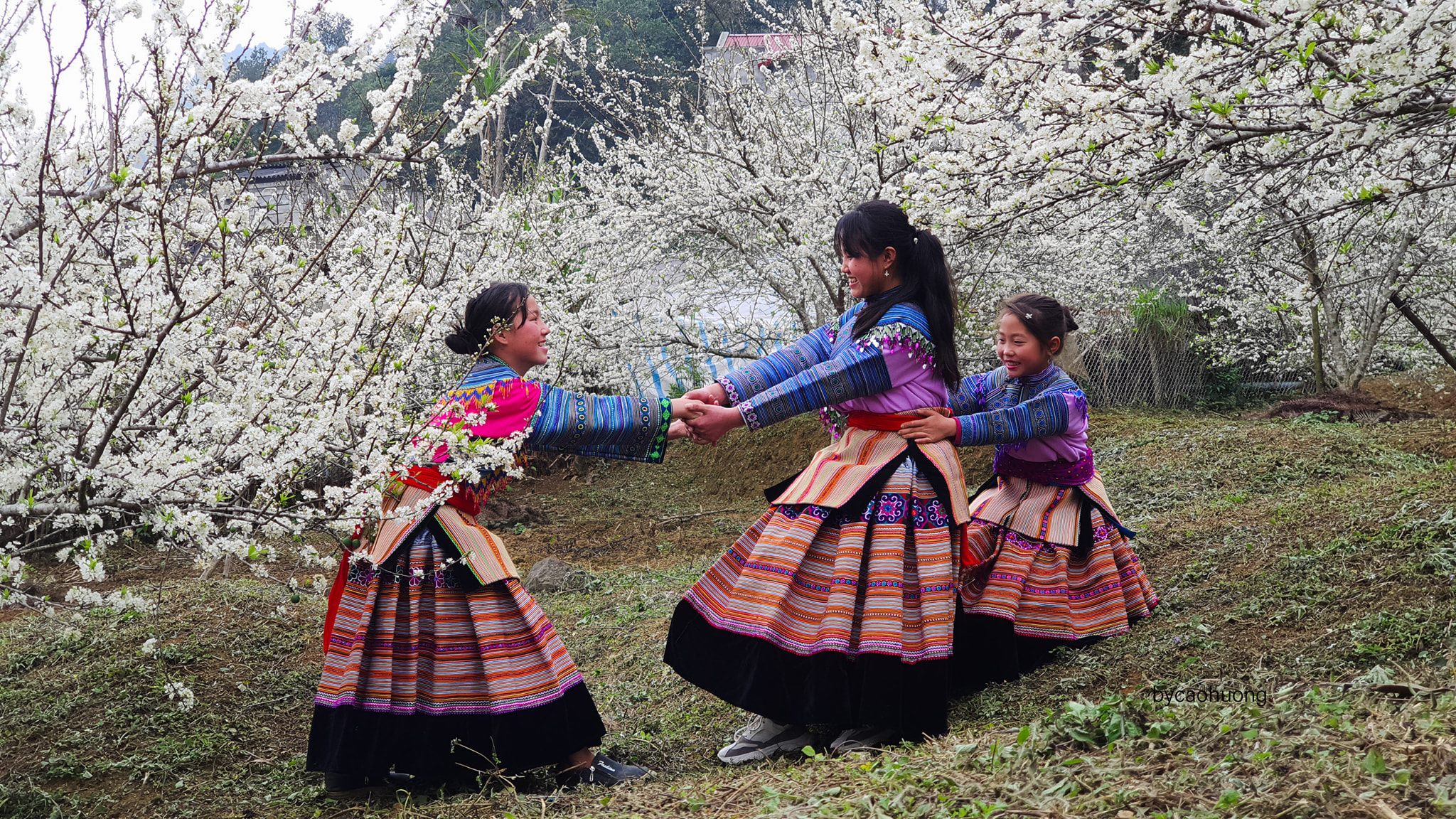




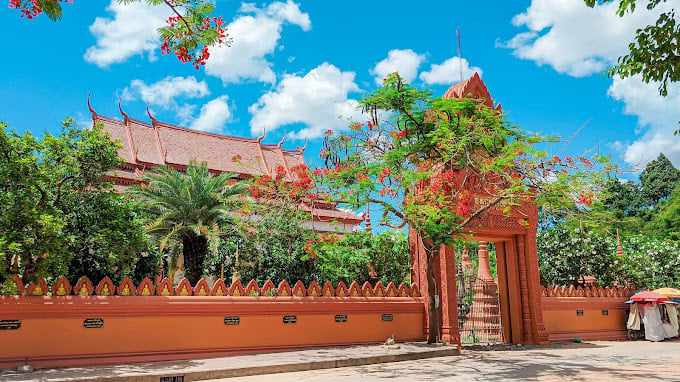


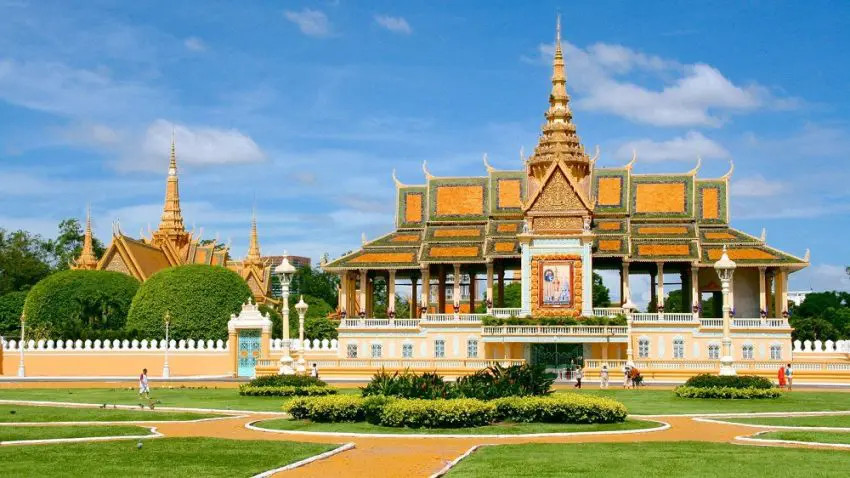


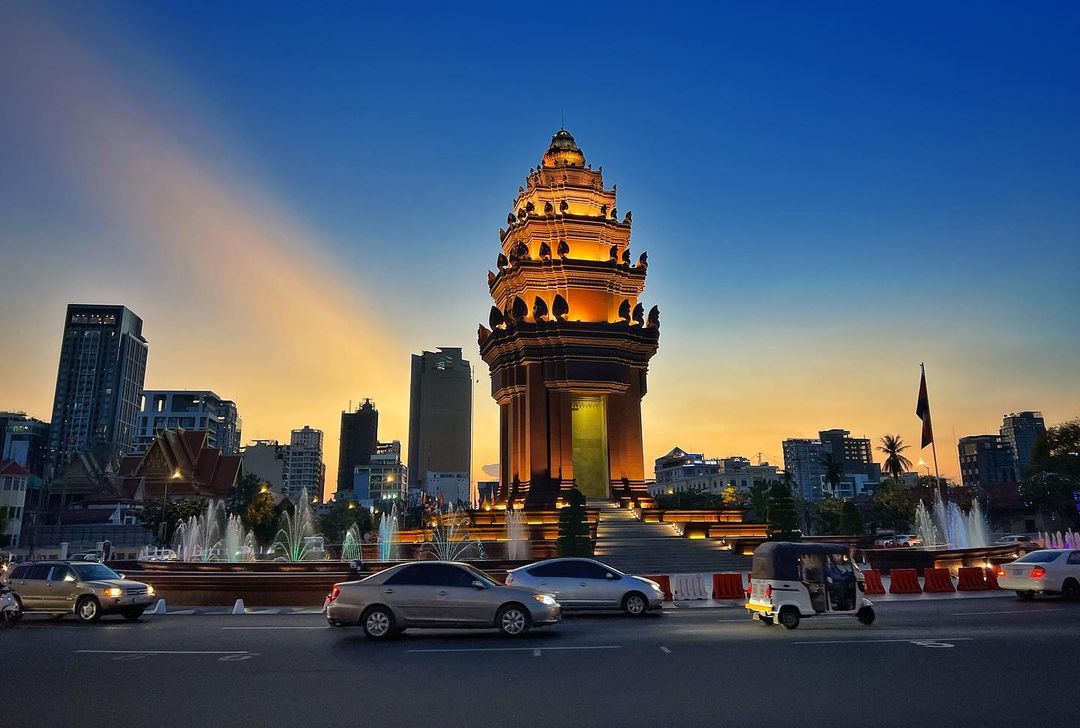
.jpg)

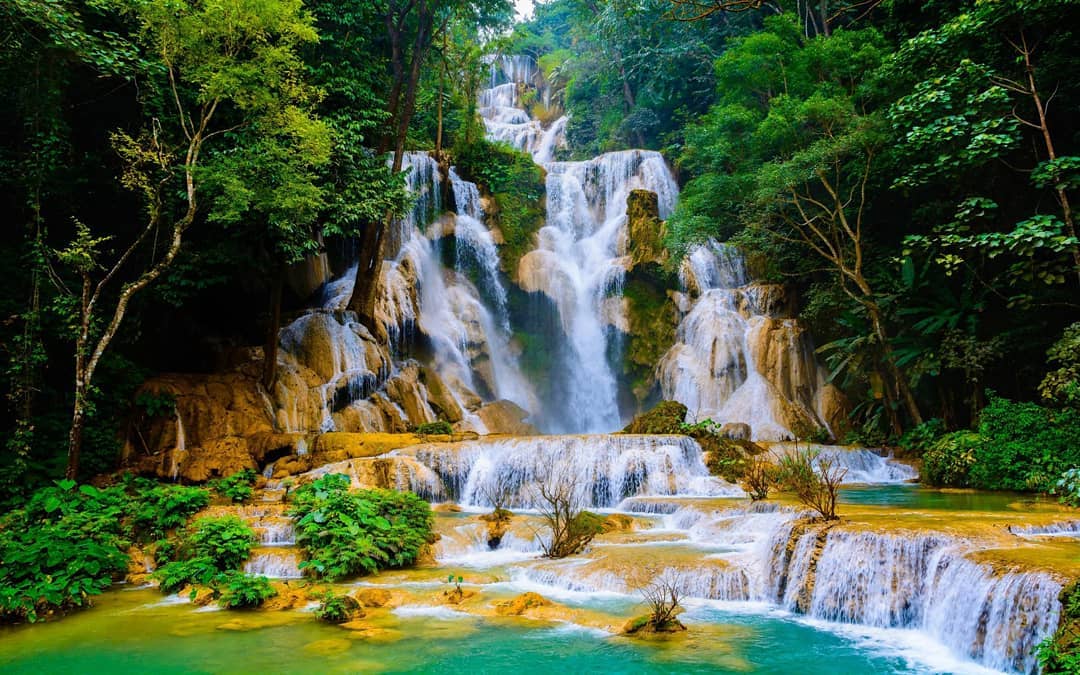
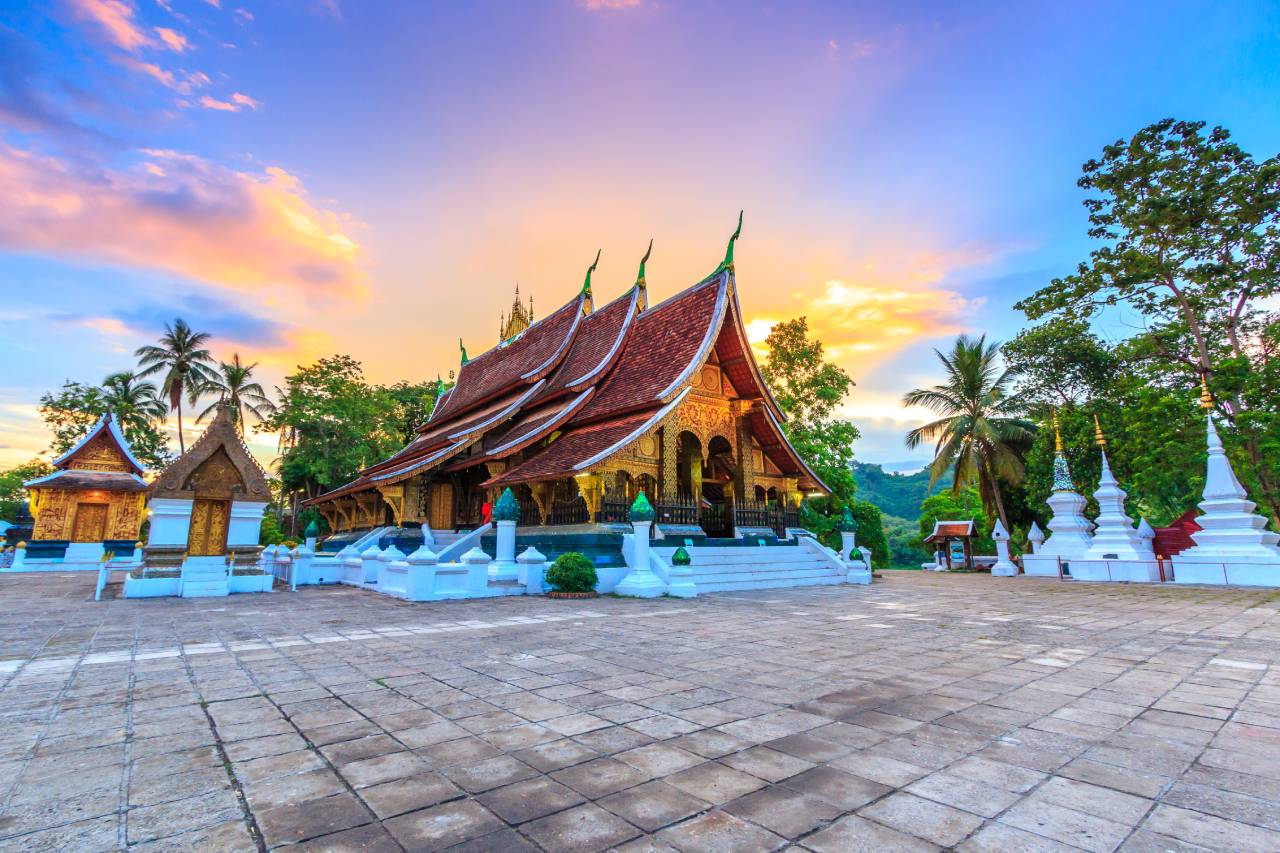
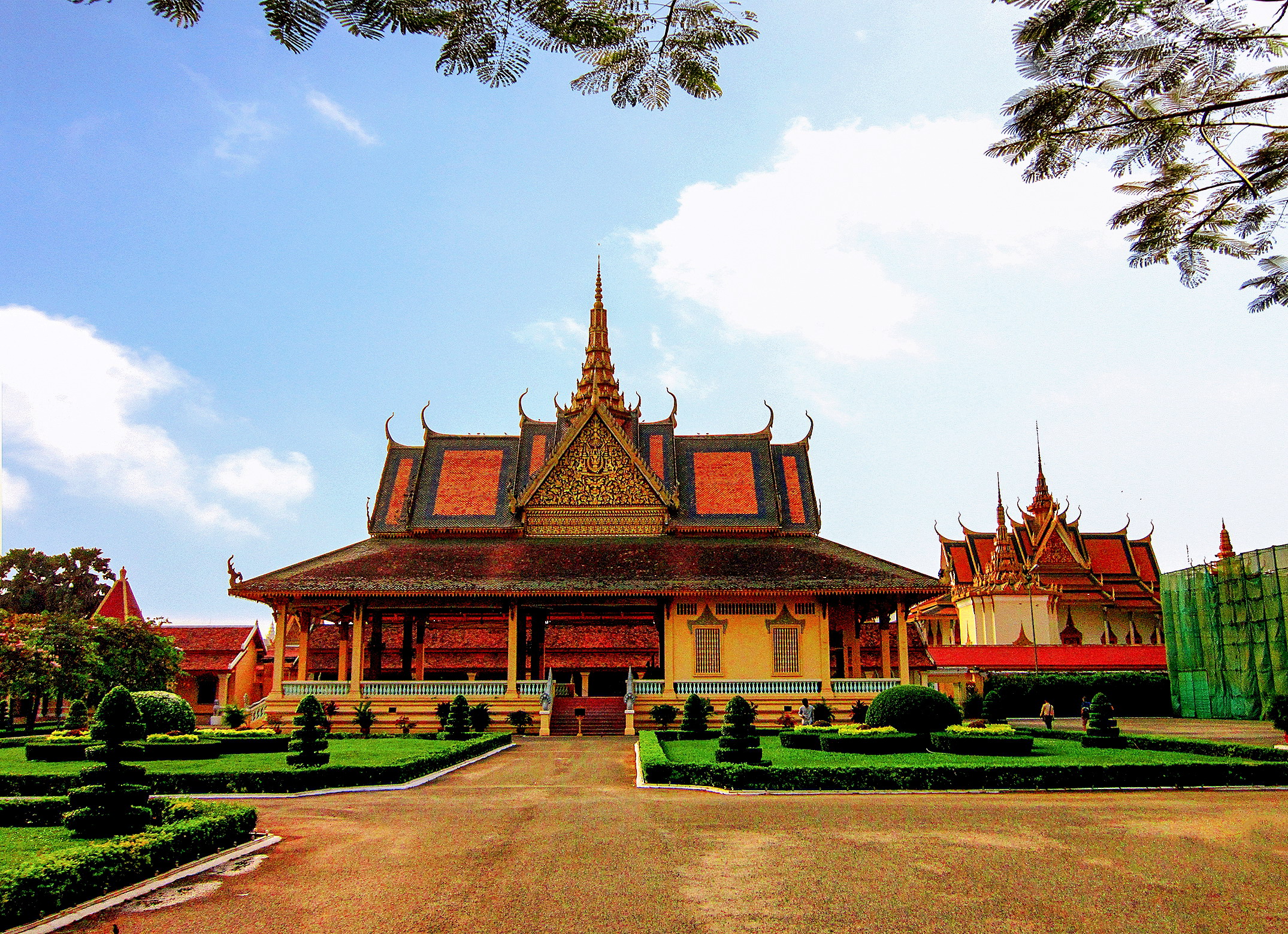
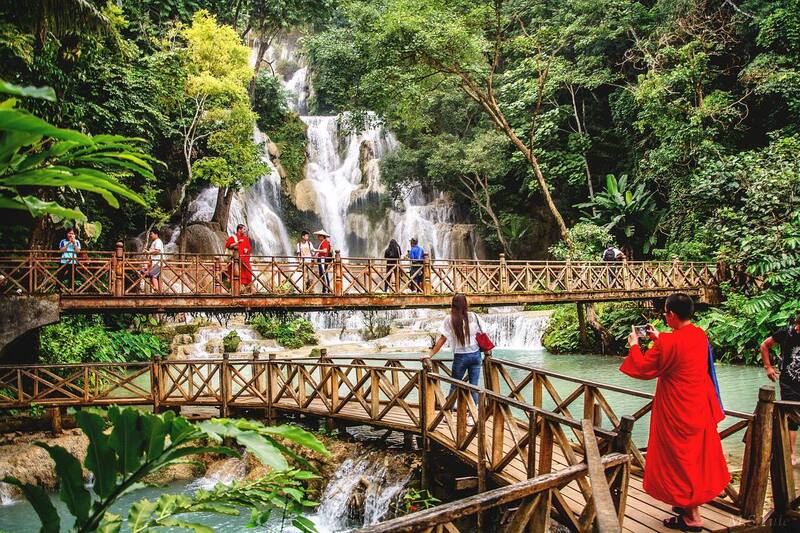
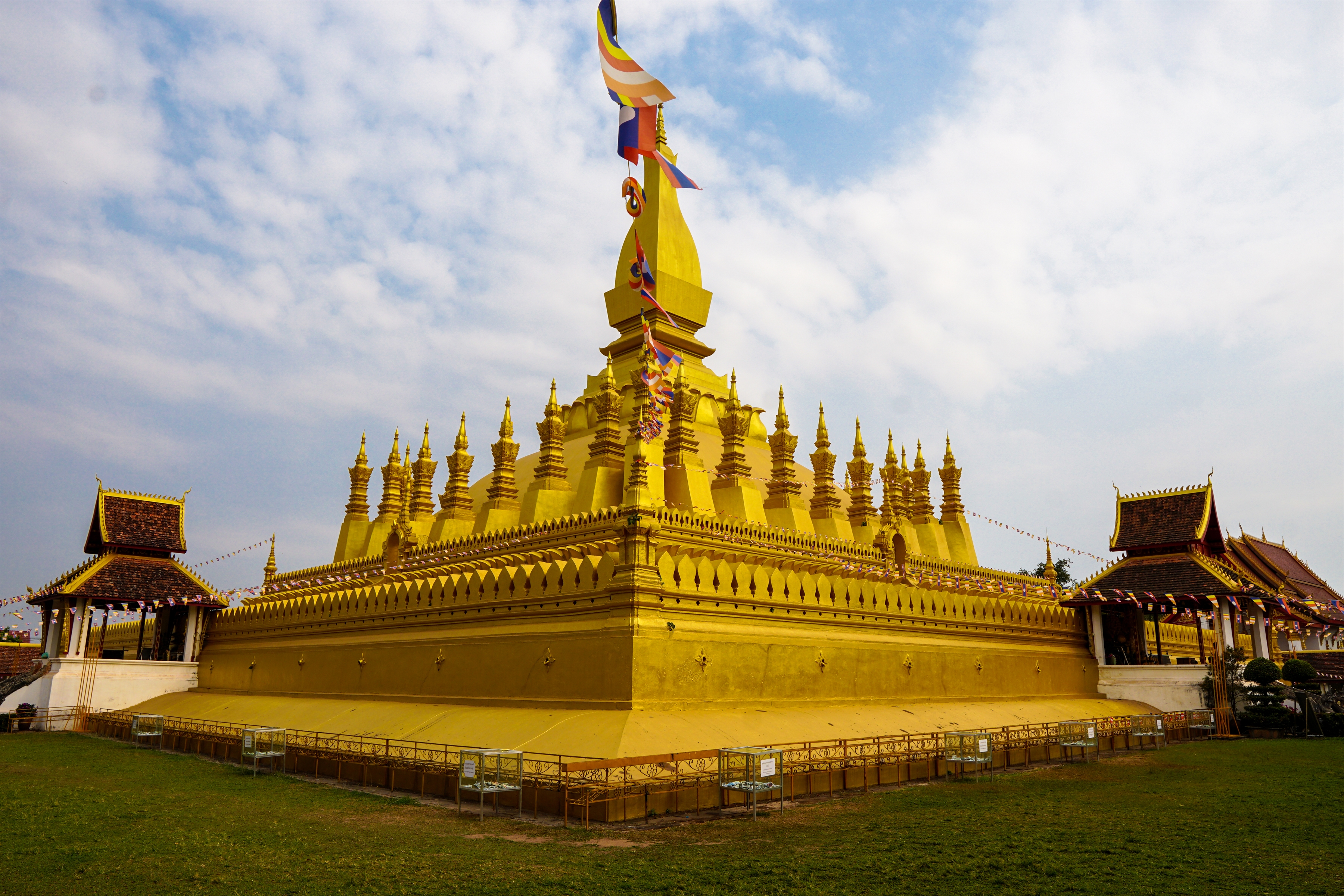

.jpg)
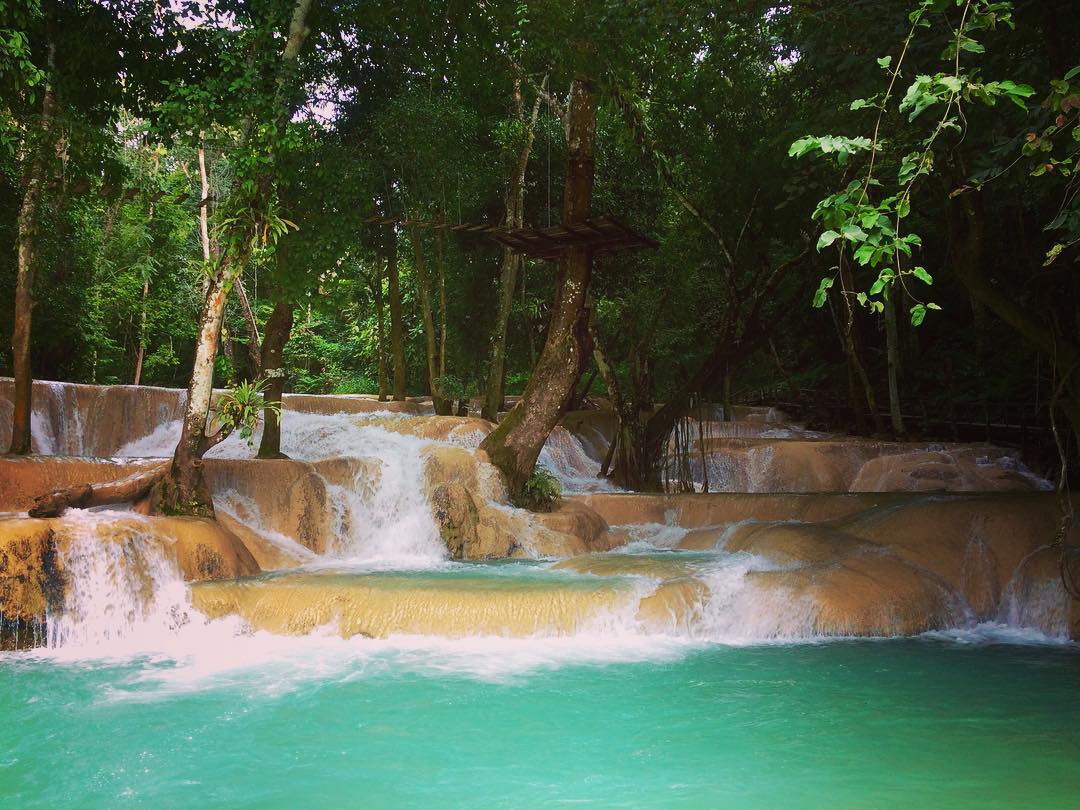
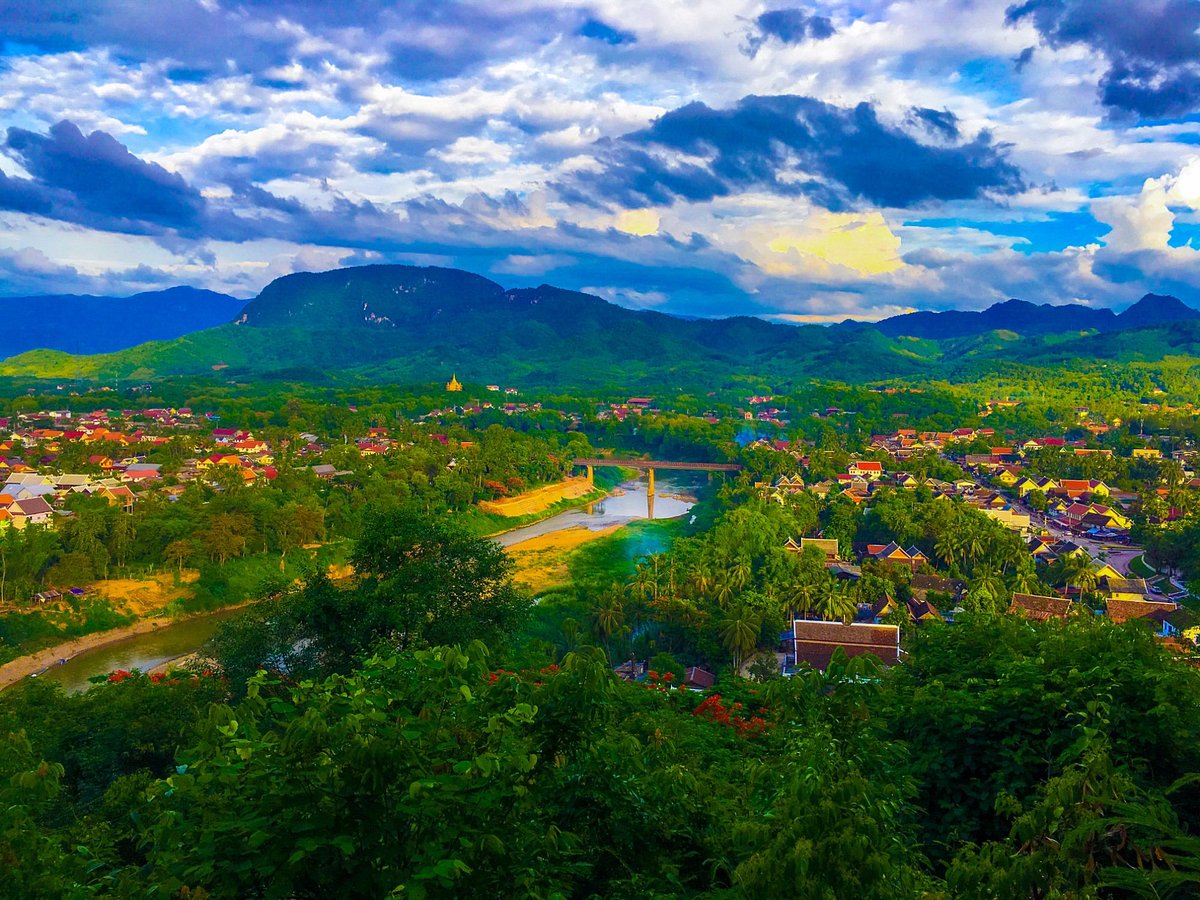

.jpg)



.png)


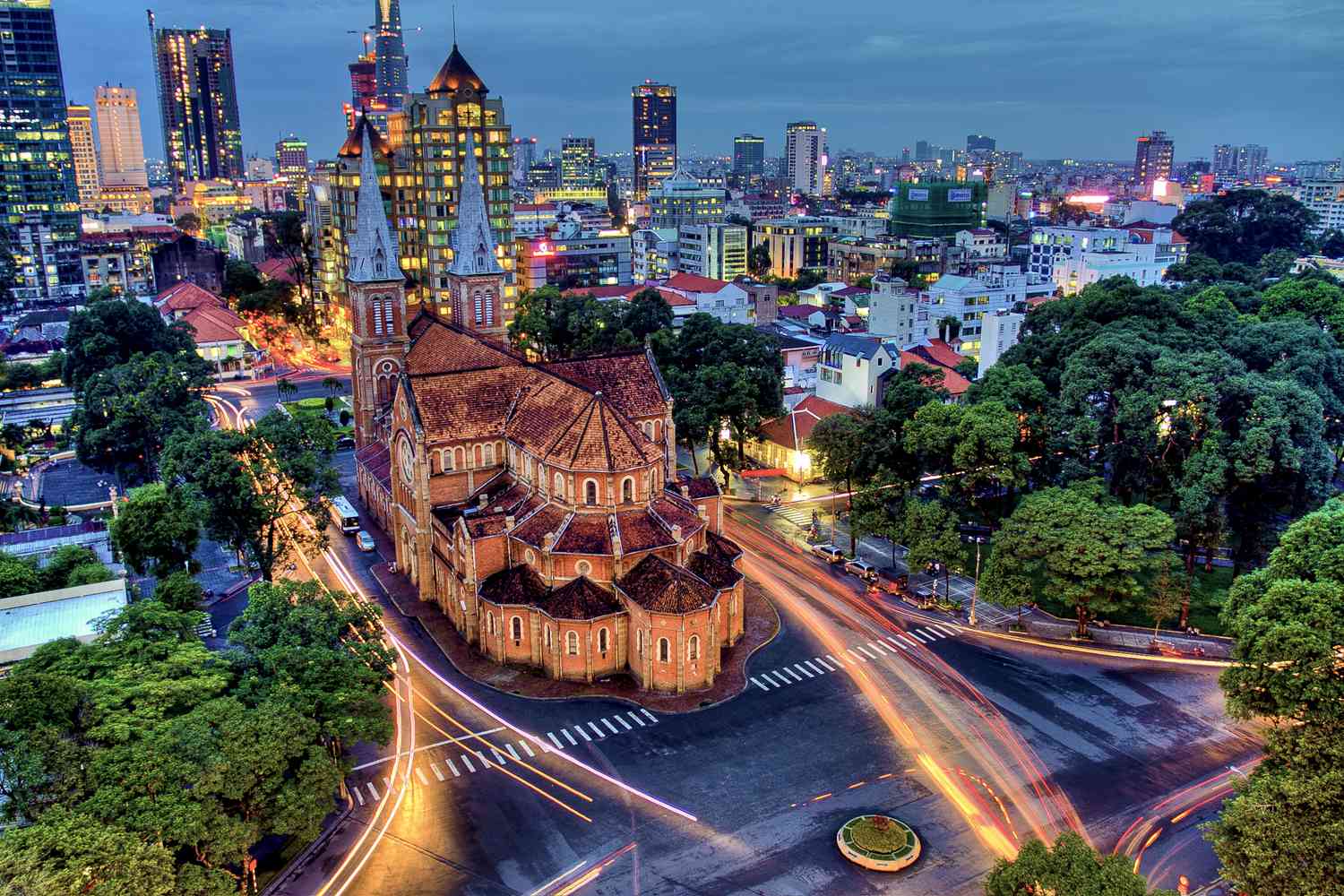

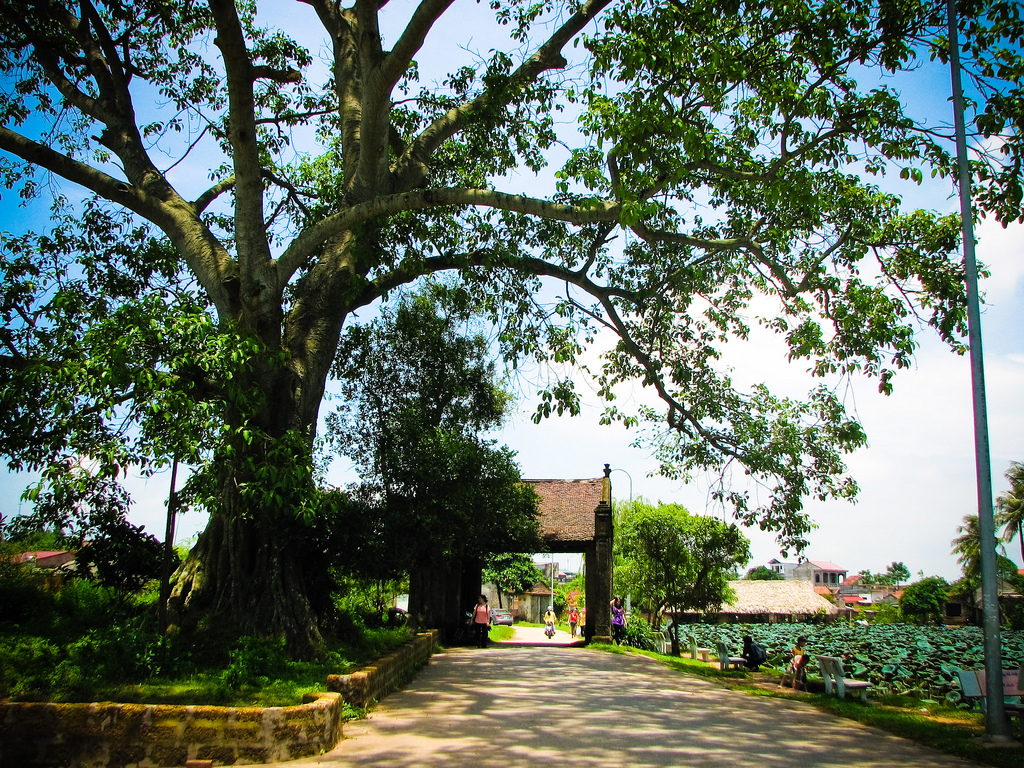

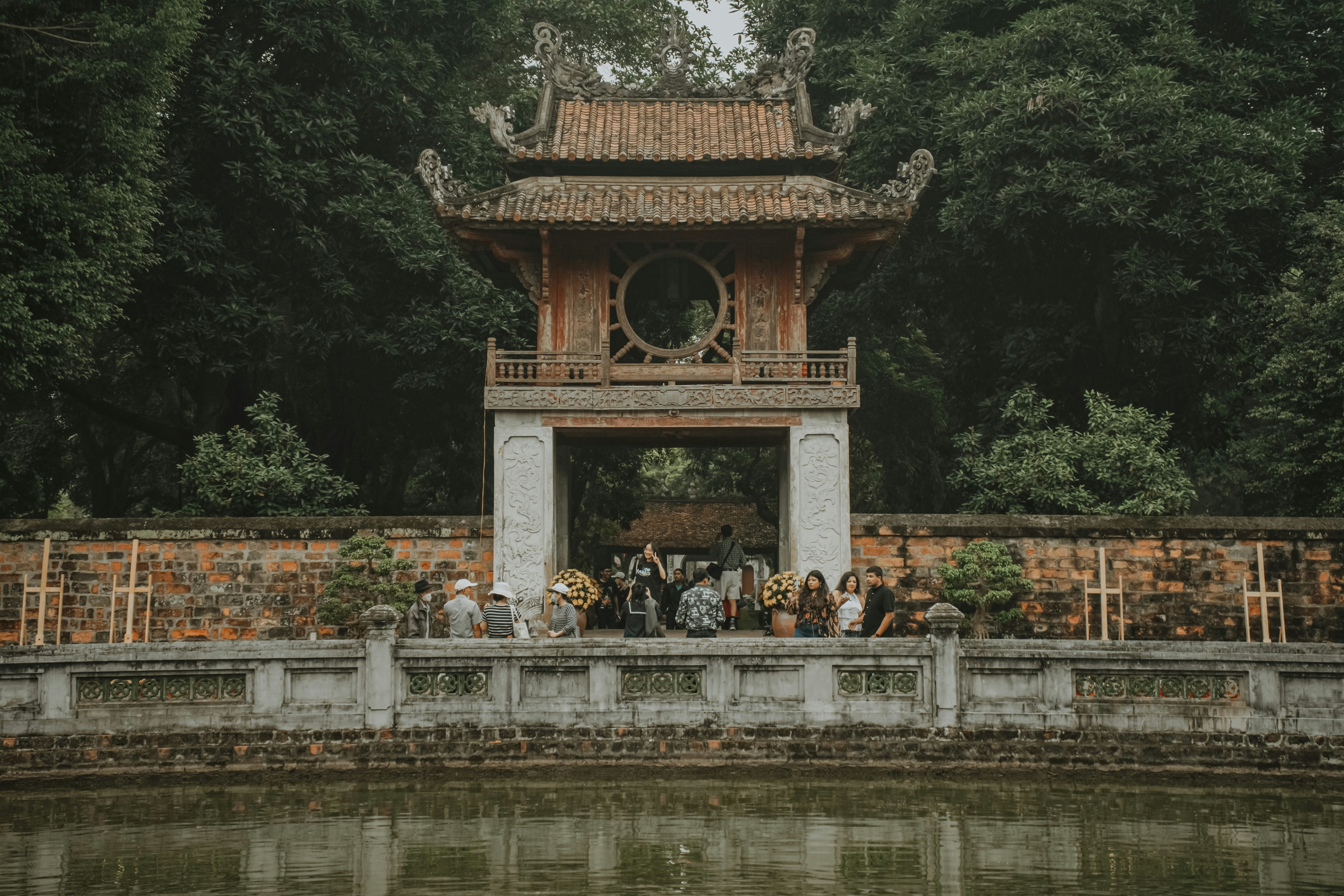

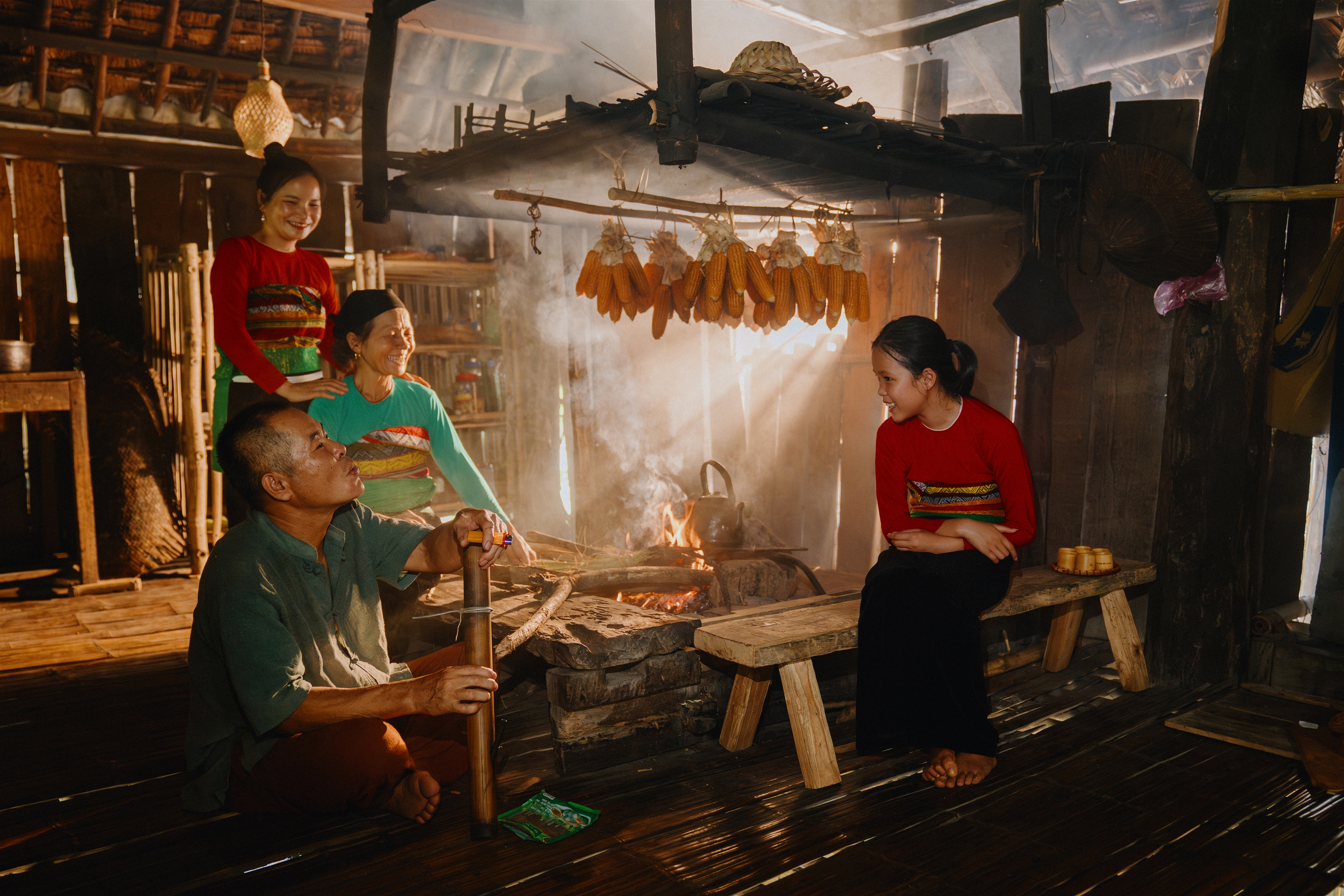




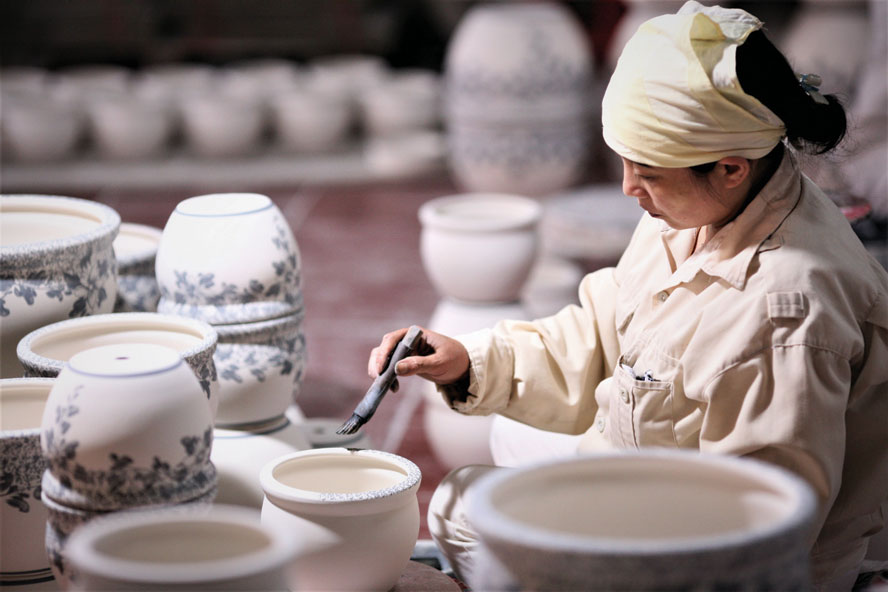

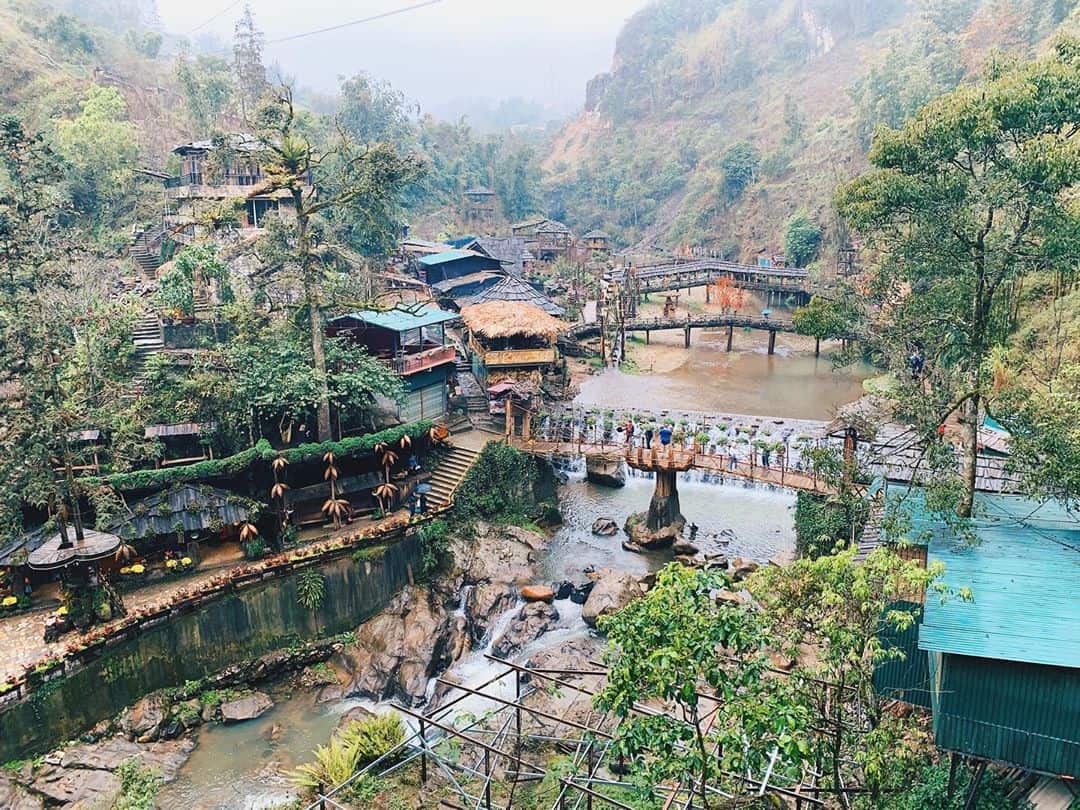
.jpg)
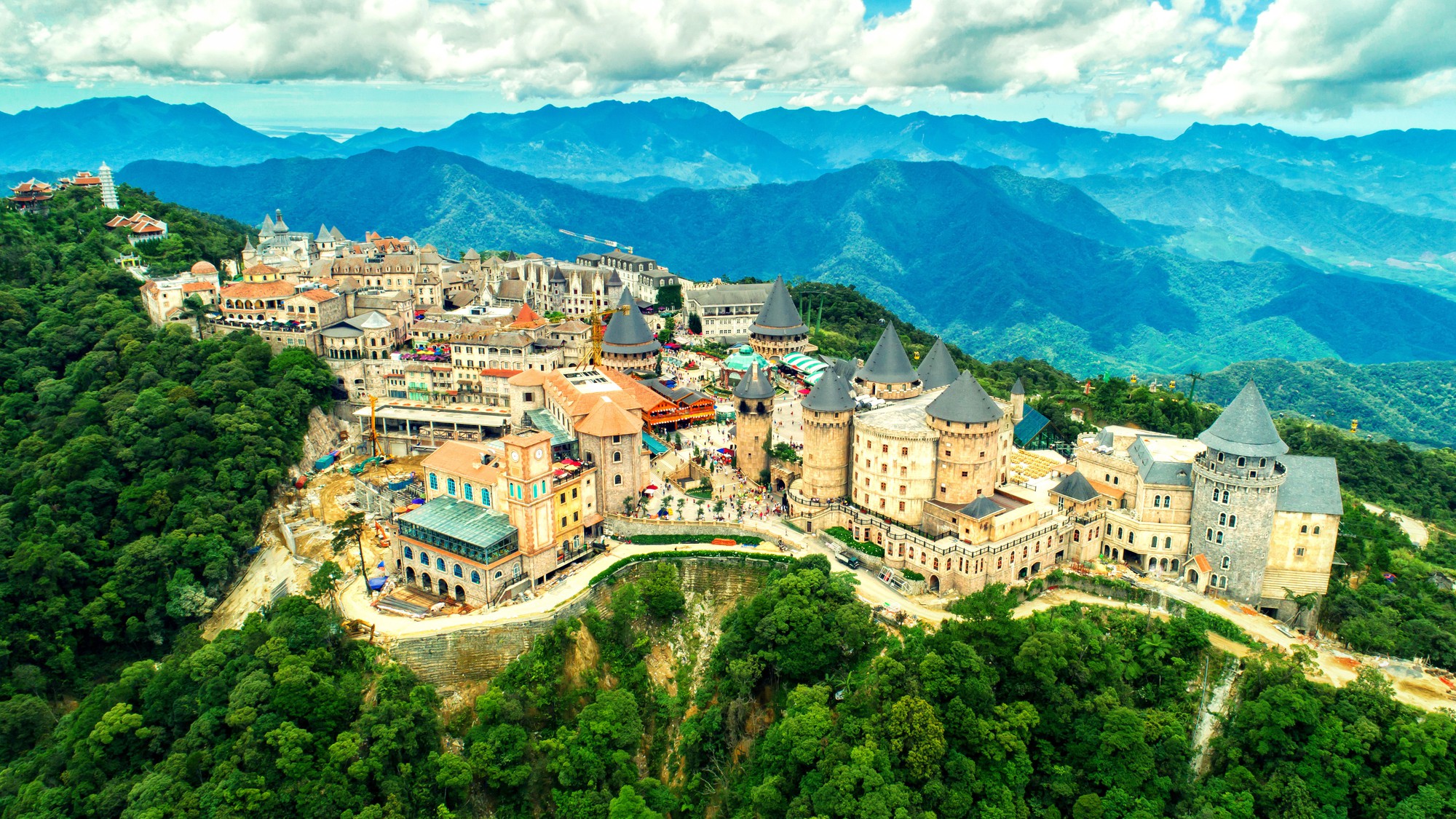

.jpg)
